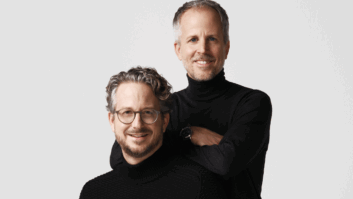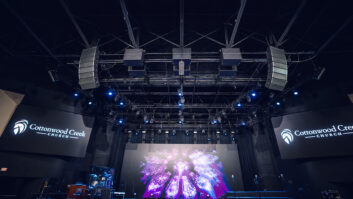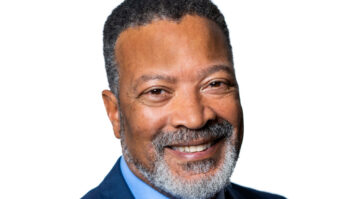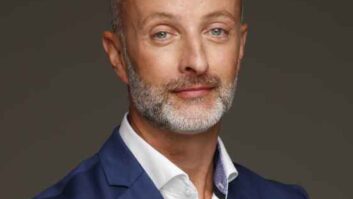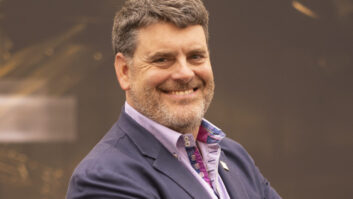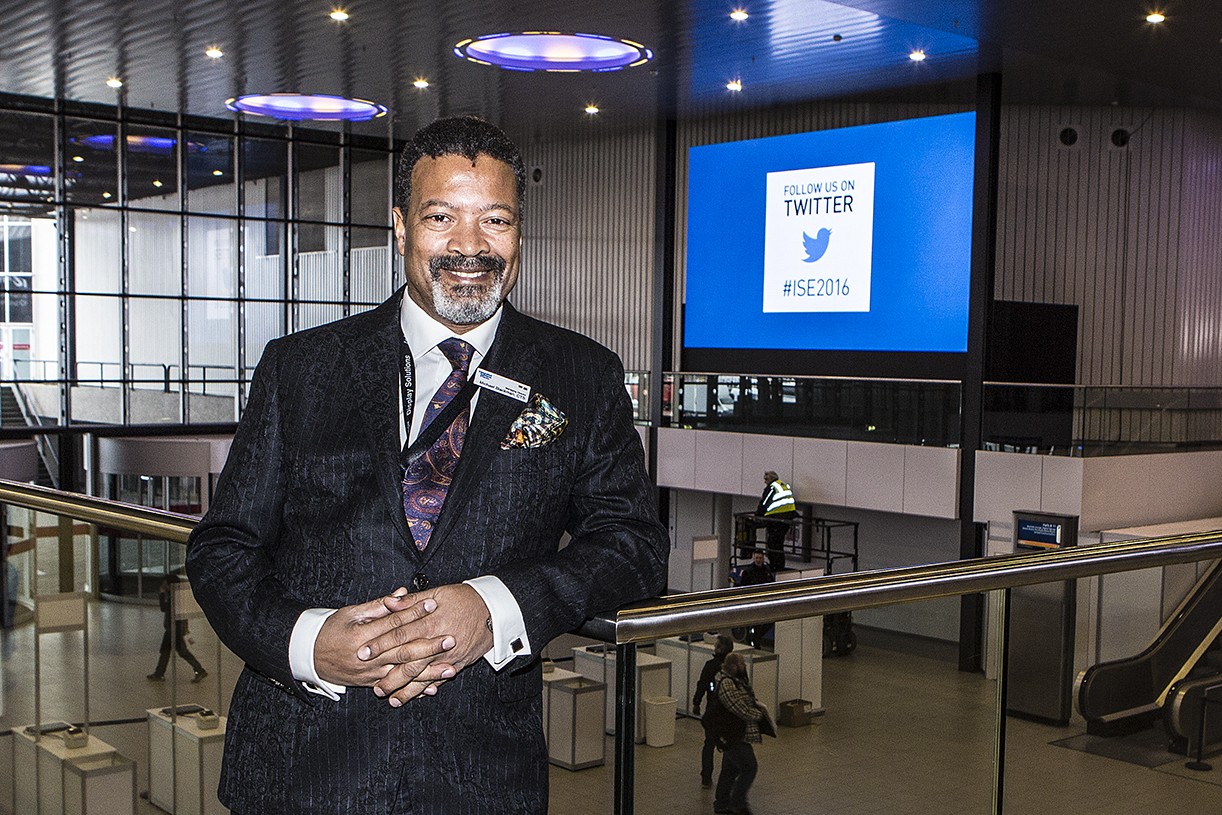
For ISE organiser Integrated Systems Events, it’s time to build on the successes of 2016 in preparation for 2017. Paddy Baker spoke to ISE managing director Mike Blackman about the high points of last month’s show and some new directions for next year.
Was ISE 2016 everything you hoped it would be?
Yes. One of our goals was to increase the attendance, which we did – 10%. Another was to make the fourth day, which we had for the first time, successful, which it was from our point of view, and exhibitors have told us the same. On the Thursday night, three exhibitors said to me that just because of the increased results of Thursday, Friday had already been worthwhile. And then, to boot, Friday was quite a successful day.
Do you think that Friday attendance is something that people will get more used to as the years go by?
Definitely. Our experience so far has been that every time we’ve done something new at ISE, it’s taken two years – it doesn’t really come into big effect until the second year. We think that the Friday was a good success anyway, so it will only get better. With the result we’ve had so far, we’re off to a very good start.
Have you been able to glean any other revealing insights from the attendance data?
We’re still analysing that data – there’s a lot to go through, and we do a post-show questionnaire to qualify some of it. So far we’ve seen that the quality of attendance has still been high, and the results look very good.
I guess you don’t have a lot of time to decide about changes for the 2017 show.
There are a lot of things that we have to analyse and start the build-up to right now. There are quite a few things we can still decide on later, but there are also quite a few others which, to make them happen… it’s rather like pushing a truck. You have to get started somewhere, and it’s slow. But as it starts to move, it gathers momentum.
One surprise was the big increase in re-booking compared with last year’s show. We’ve had to take on additional space – so next year you’ll see for the first time ISE having a temporary pavilion. If we calculate based on the size of the 2016 show, the 2017 show has already been rebooked at 102%. Now with the additional space, we’ve filled about 97% of capacity that at the moment.
When is the new permanent hall at the RAI going to be finished?
The new permanent hall will be finished in September and we’ll have it for the February show in 2017. In addition we’ll have the new temporary pavilion in the Congress Square – that’s in the middle [of the RAI]. So those will be two additional spaces that you’ll see that weren’t there this year.
That’s positioned differently from IBC, isn’t it? They have a temporary pavilion at the front of the RAI.
IBC have one in the middle as well, but the one at the front we can’t get next year, because it has to be planned. As you can imagine, there’s construction time and dismantling time and when a building like that is constructed at the front, it blocks everything else that’s going on; so the shows that are before and after us would be affected. We need to tell the RAI now for 2018; for 2017, they can’t put it into their plans. But we’ll certainly have it for 2018.
What else can you tell me at this stage about ISE 2017?
The Elicium, which has always been our development hall, has housed Smart Building for the last couple of years that; because it’s grown, that will move into the new structure, and you’ll see a dedicated education section in the Elicium next year.
We’ve seen more and more companies participating at ISE that are focused on products and solutions for the education market, and we’ve always had buyers from the education sector coming to ISE. Now they’ve got somewhere where they can start their journey in the whole show. Obviously there will also be companies in other parts of the exhibition whose products aren’t focused solely on the education sector.
The Drone Pavilion was very successful at ISE this year. It was extremely popular – with the flying demonstrations, plus the whole journey showing end-to end, how you can integrate a drone into an AV solution.
The Friday keynote was very successful – I think the hall was almost completely full. It went down extremely well, and I think you’ll see us continue with this concept of doing a keynote on the last day, during show hours. Previously we’ve done it the day before the show, but a lot of people don’t come in then; this year we found more people and more interest – and it was the first time we went for a really high-level keynote. So at this stage that’s what we’re looking to do in the future, and we’re just trying to decide who we’re going to get for next year.
And the whole AV-IT theme – is that likely to be repeated or developed for ISE 2017?
I think so. It’s a whole campaign for the AV industry to get its head above the water and show the IT people, firstly, we are reaching C-level executives within the corporate sector; and that AV isn’t a part of IT, it’s something separate, but it’s closely aligned now because so many AV products are reliant on IP connections and communication.
And that’s not just a one-off hit – it’s something we have to continue. I think we gained some traction there – I can’t give you the numbers as I don’t have them yet – but we managed to get quite a few more IT press to attend the show for the first time, people who didn’t even know we existed. And it was interesting to hear their views and for them to see use as not just a part of IT.
What’s very clear is that the AV industry wants to see the IT decision-makers, and feels that they need to come to shows like ISE to find out about the products, services and solutions that are there.
So, even before the show opened, ISE was officially the biggest AV and systems integration show in the world – and you’ve just grown 10%, so presumably that’s fairly secure…
Yes it is! InfoComm is a very successful event – it’s our sister show, and having two such major events six months apart provides a great platform for everyone in the AV industry worldwide to see on a regular basis what’s new in the market and what’s going on. We work very closely hand in hand – it’s nice to work with my colleagues at InfoComm – and there’s always a little bit of internal rivalry, so we’re pleased to be able to take this crown for a change. I’m sure InfoComm and Dan Goldstein [senior VP marcoms, formerly with ISE] will be doing their best to drive the attendance at InfoComm – and it helps us as well. The more successful InfoComm is, the more successful we become. We wouldn’t be where we are in terms of reaching that audience if it wasn’t for InfoComm – and the same goes for CEDIA as well.
Do you mean InfoComm the organisation or the show, or both?
Both, actually. InfoComm gains membership, CEDIA gains membership, the drive on education and awareness in the industry gets stronger. But when the InfoComm show gets stronger, when they attract new exhibitors, it helps us to leverage those exhibitors to look at the European market and come to us as well – so that’s the gain.

